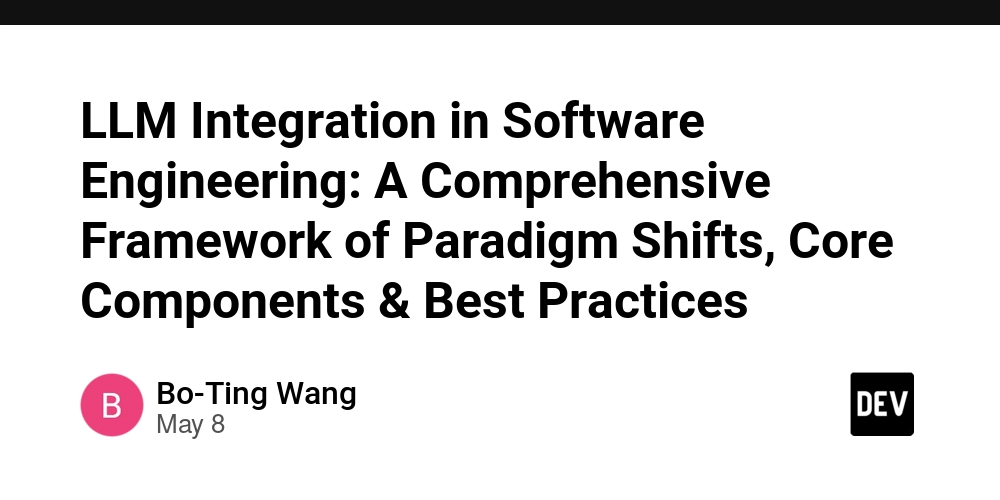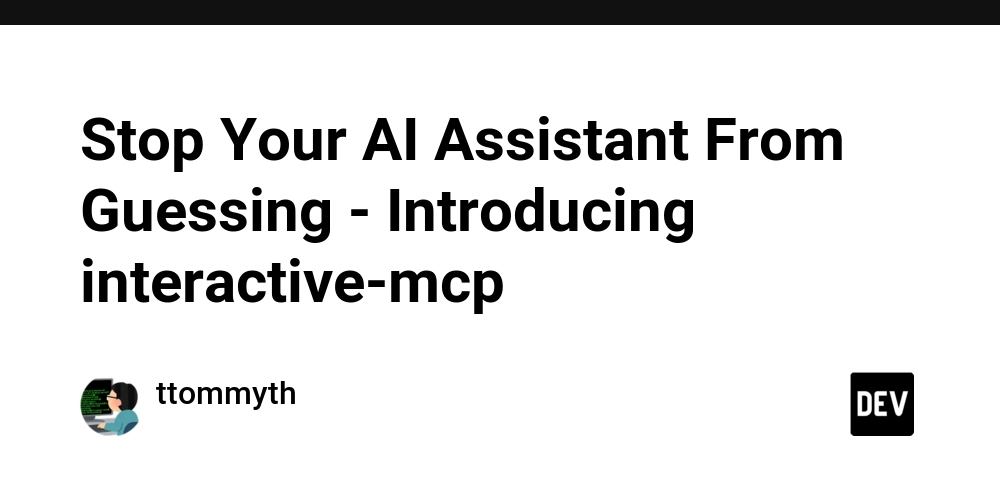Everything You Should Know About Arbitrum: The Ethereum Scaling Giant
As blockchain tech continues evolving, one of Ethereum’s biggest challenges remains scalability. Enter Arbitrum — a layer 2 scaling solution that promises faster, cheaper transactions while retaining Ethereum’s security. Whether you're a developer, investor, or enthusiast, understanding Arbitrum is essential. What is Arbitrum? Arbitrum is a Layer 2 (L2) rollup built on Ethereum, designed to offload computation and data storage from Ethereum’s mainnet while preserving its trust model. Developed by Offchain Labs, Arbitrum lets users enjoy low-cost, high-speed dApps without compromising decentralization. The Core Purpose of Arbitrum Scalability: Arbitrum handles thousands of transactions per second (TPS), compared to Ethereum’s ~15 TPS. Lower Fees: Users pay a fraction of gas fees compared to L1. EVM Compatibility: Developers can deploy existing Ethereum smart contracts with minimal changes. Security Inheritance: All Arbitrum transactions are ultimately settled on Ethereum, maintaining its security guarantees. How Does Arbitrum Work? (Simplified) Arbitrum batches multiple transactions off-chain into a rollup block. The rollup is posted to Ethereum as a single transaction (with compressed data). Validators and sequencers ensure validity; if there's a dispute, Arbitrum uses fraud proofs to resolve them on Ethereum. Types of Arbitrum Chains Arbitrum One: The main chain with high adoption and broad dApp support. Arbitrum Nova: Optimized for ultra-low-cost transactions, ideal for gaming and social apps. Arbitrum Orbit: Allows anyone to build their own custom chain (L3) using Arbitrum tech. Impact on Ethereum Reduced Congestion: Offloading transactions reduces load on Ethereum L1. Improved User Experience: Lower gas fees and faster confirmation times. Onboarding More Users: Makes dApps affordable and accessible to new users. Boosting Ecosystem Growth: Encourages more development and experimentation. Popular Projects on Arbitrum GMX: A decentralized perpetual exchange. Radiant Capital: Lending protocol. TreasureDAO: Gaming and NFT ecosystem. Arbitrum Odyssey: A user engagement campaign that boosted adoption. Plus DeFi, NFTs, bridges, and yield farming projects. The ARB Token In March 2023, Arbitrum launched its $ARB governance token, allowing holders to vote on protocol upgrades and treasury allocations via Arbitrum DAO — marking a step toward decentralization. The Future of Arbitrum Interoperability with other L2s L3 ecosystems via Orbit Better developer tooling and UX Continued DeFi, GameFi, and NFT growth Conclusion Arbitrum isn't just a scalability patch — it's a cornerstone of Ethereum's modular future. By enabling efficient dApp scaling while preserving trust, it empowers builders and users alike. The Ethereum economy is expanding beyond the limitations of the base layer, and Arbitrum is leading that charge.

As blockchain tech continues evolving, one of Ethereum’s biggest challenges remains scalability. Enter Arbitrum — a layer 2 scaling solution that promises faster, cheaper transactions while retaining Ethereum’s security. Whether you're a developer, investor, or enthusiast, understanding Arbitrum is essential.
What is Arbitrum?
Arbitrum is a Layer 2 (L2) rollup built on Ethereum, designed to offload computation and data storage from Ethereum’s mainnet while preserving its trust model. Developed by Offchain Labs, Arbitrum lets users enjoy low-cost, high-speed dApps without compromising decentralization.
The Core Purpose of Arbitrum
- Scalability: Arbitrum handles thousands of transactions per second (TPS), compared to Ethereum’s ~15 TPS.
- Lower Fees: Users pay a fraction of gas fees compared to L1.
- EVM Compatibility: Developers can deploy existing Ethereum smart contracts with minimal changes.
- Security Inheritance: All Arbitrum transactions are ultimately settled on Ethereum, maintaining its security guarantees.
How Does Arbitrum Work? (Simplified)
- Arbitrum batches multiple transactions off-chain into a rollup block.
- The rollup is posted to Ethereum as a single transaction (with compressed data).
- Validators and sequencers ensure validity; if there's a dispute, Arbitrum uses fraud proofs to resolve them on Ethereum.
Types of Arbitrum Chains
- Arbitrum One: The main chain with high adoption and broad dApp support.
- Arbitrum Nova: Optimized for ultra-low-cost transactions, ideal for gaming and social apps.
- Arbitrum Orbit: Allows anyone to build their own custom chain (L3) using Arbitrum tech.
Impact on Ethereum
- Reduced Congestion: Offloading transactions reduces load on Ethereum L1.
- Improved User Experience: Lower gas fees and faster confirmation times.
- Onboarding More Users: Makes dApps affordable and accessible to new users.
- Boosting Ecosystem Growth: Encourages more development and experimentation.
Popular Projects on Arbitrum
- GMX: A decentralized perpetual exchange.
- Radiant Capital: Lending protocol.
- TreasureDAO: Gaming and NFT ecosystem.
- Arbitrum Odyssey: A user engagement campaign that boosted adoption.
- Plus DeFi, NFTs, bridges, and yield farming projects.
The ARB Token
In March 2023, Arbitrum launched its $ARB governance token, allowing holders to vote on protocol upgrades and treasury allocations via Arbitrum DAO — marking a step toward decentralization.
The Future of Arbitrum
- Interoperability with other L2s
- L3 ecosystems via Orbit
- Better developer tooling and UX
- Continued DeFi, GameFi, and NFT growth
Conclusion
Arbitrum isn't just a scalability patch — it's a cornerstone of Ethereum's modular future. By enabling efficient dApp scaling while preserving trust, it empowers builders and users alike. The Ethereum economy is expanding beyond the limitations of the base layer, and Arbitrum is leading that charge.










































































































































































![[The AI Show Episode 146]: Rise of “AI-First” Companies, AI Job Disruption, GPT-4o Update Gets Rolled Back, How Big Consulting Firms Use AI, and Meta AI App](https://www.marketingaiinstitute.com/hubfs/ep%20146%20cover.png)












































































































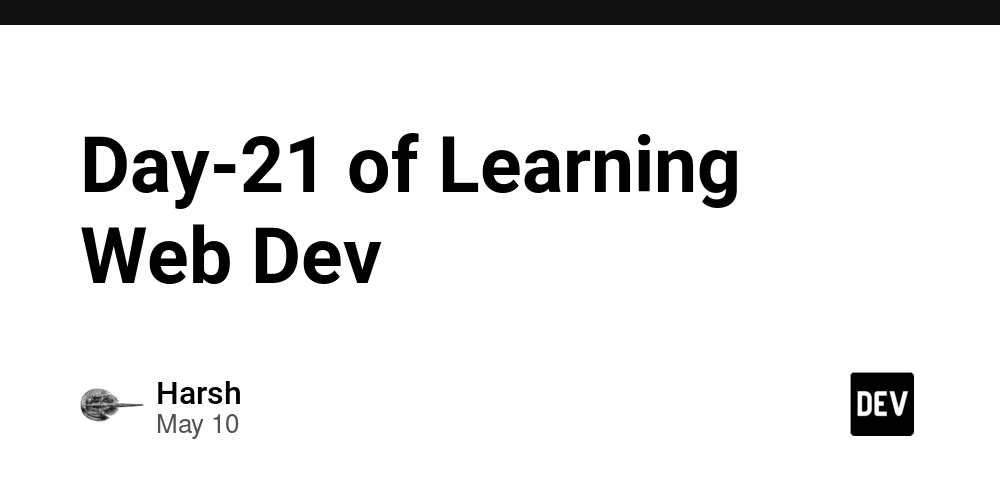
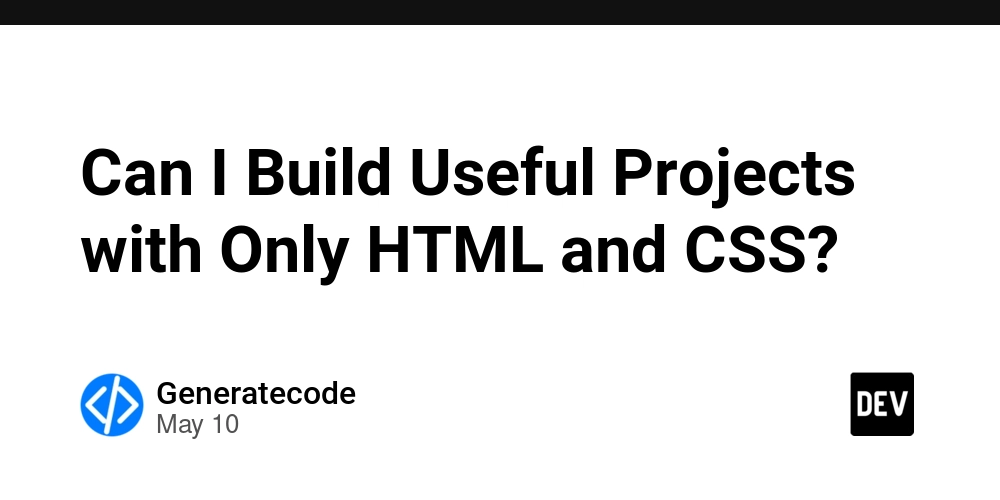














![[FREE EBOOKS] Offensive Security Using Python, Learn Computer Forensics — 2nd edition & Four More Best Selling Titles](https://www.javacodegeeks.com/wp-content/uploads/2012/12/jcg-logo.jpg)



![Ditching a Microsoft Job to Enter Startup Purgatory with Lonewolf Engineer Sam Crombie [Podcast #171]](https://cdn.hashnode.com/res/hashnode/image/upload/v1746753508177/0cd57f66-fdb0-4972-b285-1443a7db39fc.png?#)































































































































































































































-xl.jpg)


























![Beats Studio Buds + On Sale for $99.95 [Lowest Price Ever]](https://www.iclarified.com/images/news/96983/96983/96983-640.jpg)

![New iPad 11 (A16) On Sale for Just $277.78! [Lowest Price Ever]](https://www.iclarified.com/images/news/97273/97273/97273-640.jpg)


















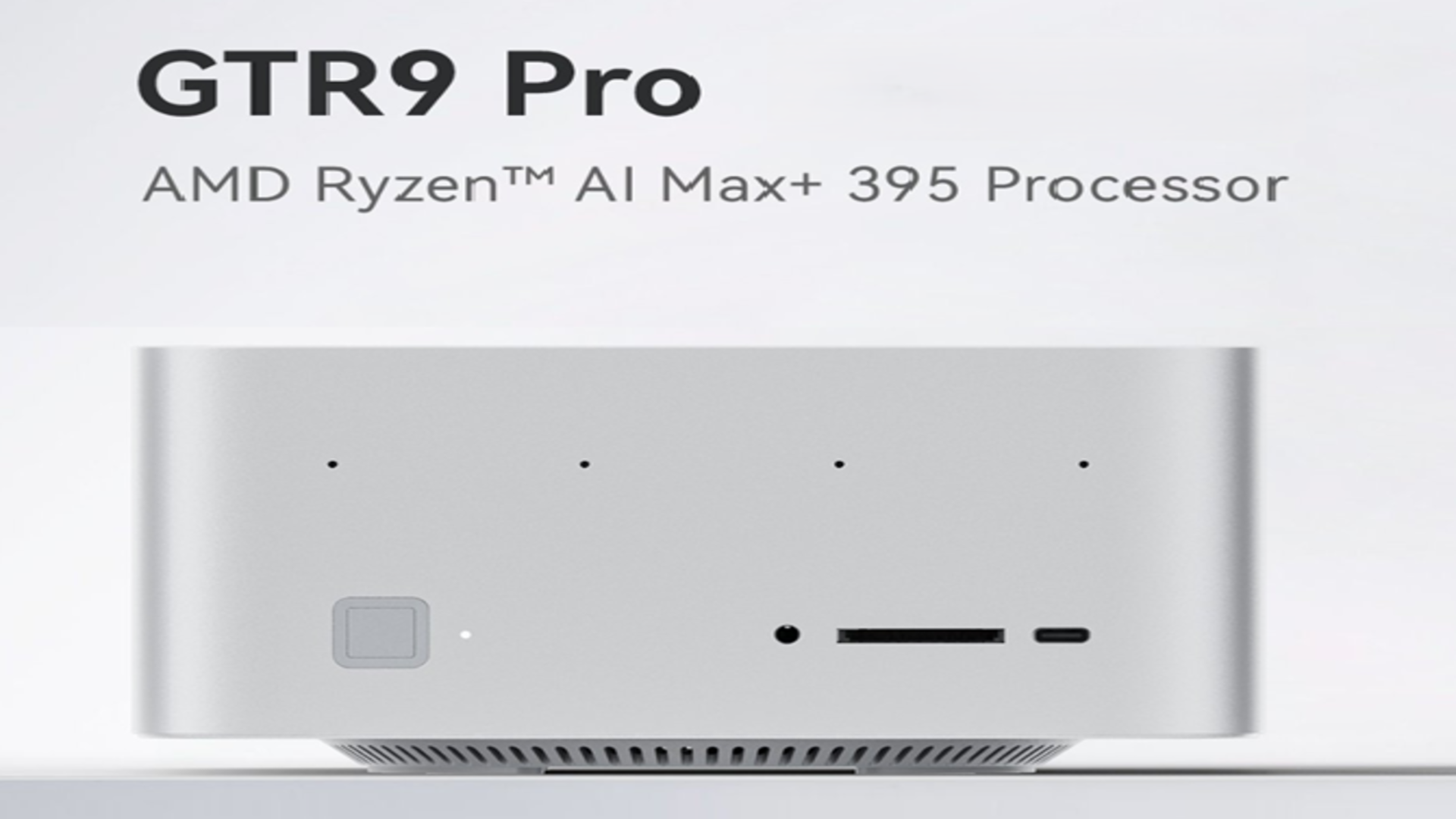





















![Apple's 11th Gen iPad Drops to New Low Price of $277.78 on Amazon [Updated]](https://images.macrumors.com/t/yQCVe42SNCzUyF04yj1XYLHG5FM=/2500x/article-new/2025/03/11th-gen-ipad-orange.jpeg)



![[Exclusive] Infinix GT DynaVue: a Prototype that could change everything!](https://www.gizchina.com/wp-content/uploads/images/2025/05/Screen-Shot-2025-05-10-at-16.07.40-PM-copy.png)




![T-Mobile discontinues a free number feature but a paid alternative exists [UPDATED]](https://m-cdn.phonearena.com/images/article/170235-two/T-Mobile-discontinues-a-free-number-feature-but-a-paid-alternative-exists-UPDATED.jpg?#)
















































